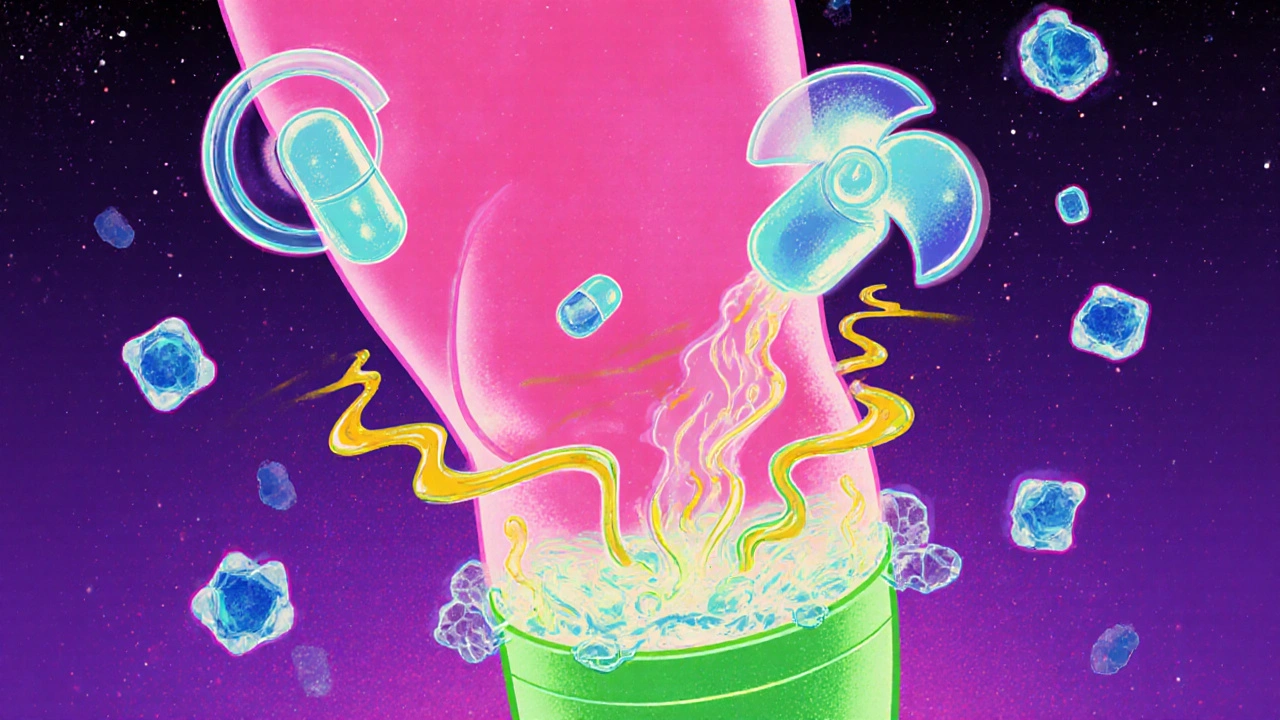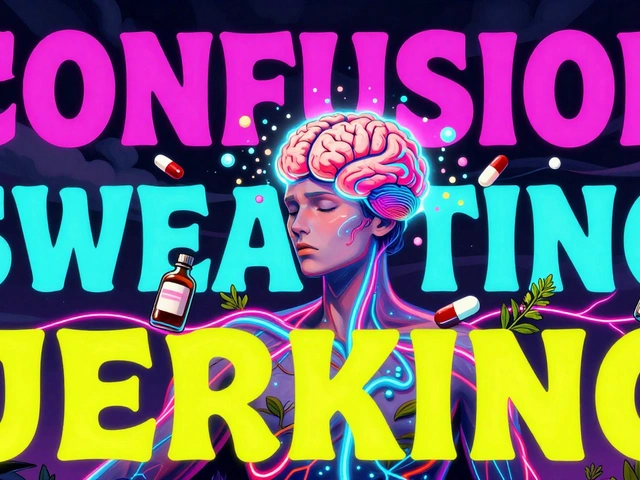Diuretics for Kidney Disease: What Works, What to Watch
When your kidneys aren’t filtering fluid properly, diuretics for kidney disease, medications that help your body get rid of extra fluid through urine. Also known as water pills, they’re one of the most common tools doctors use to manage swelling, high blood pressure, and fluid overload in people with chronic kidney disease. It’s not just about peeing more—it’s about easing the strain on your heart and kidneys so they can keep working as long as possible.
Not all diuretics are the same. loop diuretics, like furosemide and bumetanide, act on the loop of Henle in the kidney to remove large amounts of fluid quickly. These are often the first choice when someone has advanced kidney disease or severe swelling. Then there’s thiazide diuretics, such as hydrochlorothiazide, which work slower but are gentler and often used in early-stage kidney disease or for blood pressure control. Potassium-sparing diuretics like spironolactone are sometimes added to balance out electrolytes, especially when other diuretics pull too much potassium out. Each type has trade-offs: too much fluid loss can drop your blood pressure too low or hurt kidney function further. Too little, and swelling comes back.
People with kidney disease often take diuretics along with other meds—like SGLT2 inhibitors for blood sugar and heart protection, or blood pressure drugs that also help kidneys. That’s why talking to your pharmacist about interactions matters. Some supplements, like licorice root or high-sodium foods, can cancel out the effect of diuretics. And if you’re also on NSAIDs for pain, that combo can make kidney damage worse. It’s not just about taking the pill—it’s about understanding how it fits into your whole treatment plan.
Side effects are common but manageable. Dizziness when standing up? That’s low blood pressure. Cramps or tiredness? Could be low potassium or sodium. Frequent urination at night? Timing your dose earlier in the day helps. Most people adjust within a week or two. But if you’re peeing way more than usual, feeling confused, or your legs are suddenly less swollen while you feel weak—that’s a red flag. Your kidneys might be overworked, or your electrolytes are out of balance. Regular blood tests are non-negotiable.
What you’ll find in the posts below are real, practical guides from people who’ve lived with this. You’ll see how SGLT2 inhibitors and diuretics work together, how to spot when fluid retention is getting out of hand, and how to talk to your pharmacist about what’s working—or not. No fluff. No jargon. Just what you need to know to stay in control.
Edema in CKD: How Diuretics, Salt Restriction, and Compression Therapy Work Together
Edema in chronic kidney disease is caused by fluid buildup from poor sodium control. Learn how diuretics, salt restriction, and compression therapy work together to reduce swelling safely and effectively.





